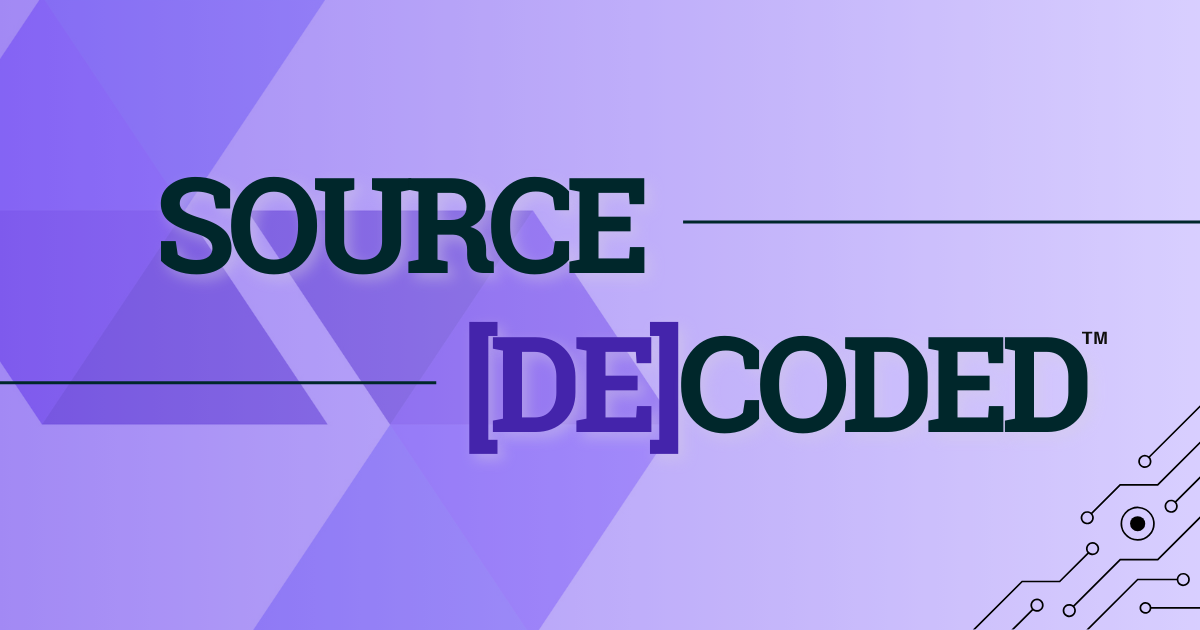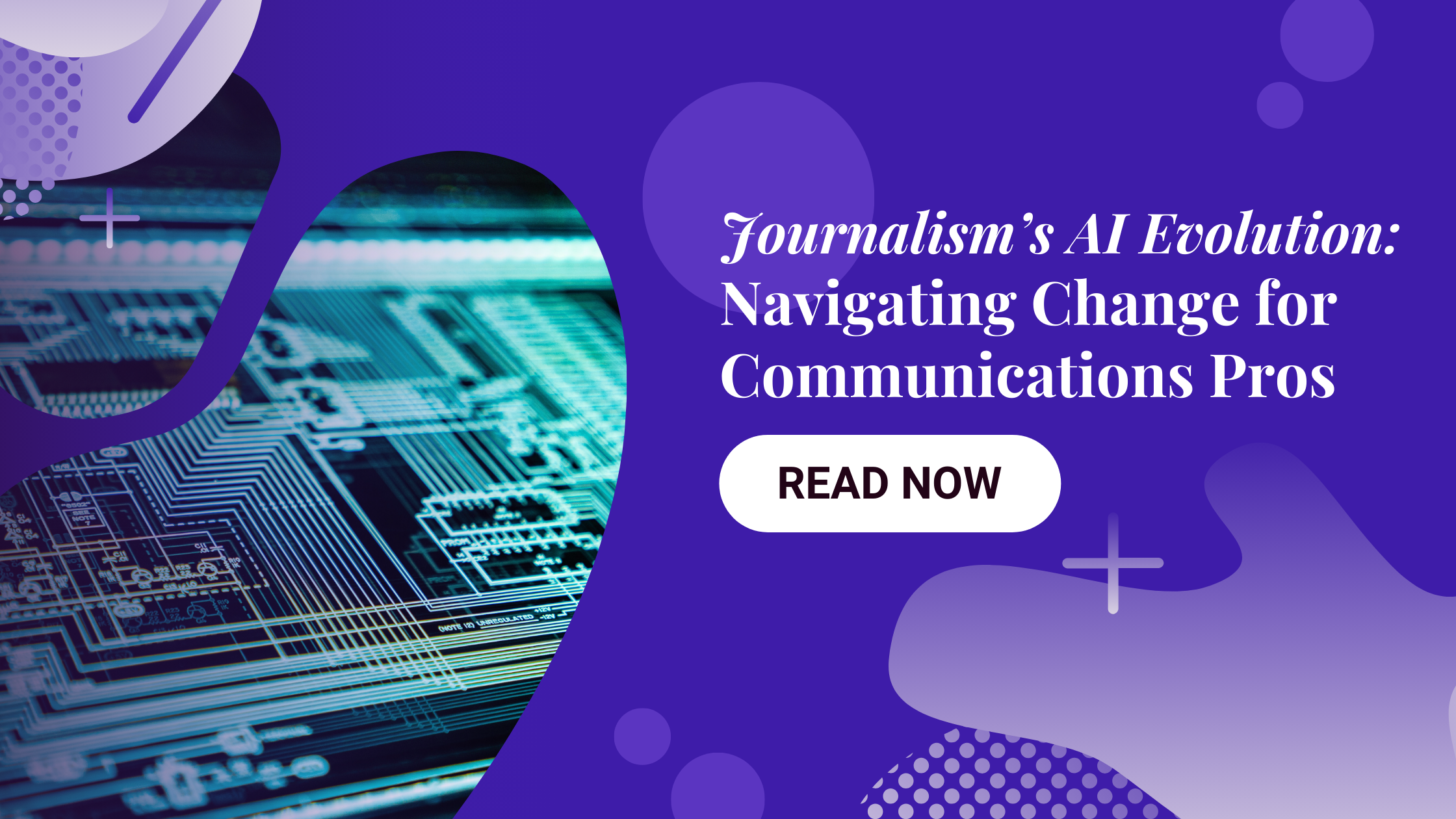Source[De]Coded: Learning from the latest marketing news
Hey all! Welcome to Issue 5. We’ve highlighted some new features from LinkedIn we’re really excited about, an amazing partnership between the 49ers and a biotech company, and how Disney is taking their ad platform to the next level. There’s quite a bit to learn and ponder from these highlights. We’re certainly going to be building out some new product offerings that leverage some of these technologies.
As you all settle into 2024, what are you seeing? We’d love to catch up and swap some war stories. Drop us a line and we’ll get something on the books.
And lastly, I’m sure you all saw the news on our OneSignal signing, but stay tuned for some big product and personal announcements coming from us!
New feature alert: LinkedIn’s launching a Sponsored Post option
TL;DR: LinkedIn’s new ad option, Sponsored Posts, allows users to generate leads from article content they’ve published on the platform. Once a company page posts an article exclusive to LinkedIn, admins can choose to promote it. Promoting the article adds a CTA button prompting users to add their email address to “unlock” the article (think of it like a paywall). Currently, only company-authored articles are eligible for sponsorship, and it’s treated similarly by the algorithm to lead gen ads.
Takeaway: This is a great opportunity for B2B brands to generate new, engaged leads. Not only does it provide a more direct way to measure campaign responses and effectiveness, it also provides a unique first impression for customers. Investing in original content is becoming increasingly important to help brands stand out from the competition. With this new feature, LinkedIn is encouraging that behavior. Brands that choose to create high-quality editorial articles will be well-positioned to find success with this feature in both new business and positive social engagement.
Consider:
- What’s the most exciting and eye-grabbing story your brand can be telling? You’ve got to have a strong hook to entice your reader to hand over their email info.
- What resources do you need to create strong content that converts? Invest in the creation of editorial content on these topics. Pivot internal resources or perhaps hire a part-time contractor.
Leverage non-traditional partnerships to tell better stories
TL;DR: In 2016, biotech company Orig3n partnered with the San Francisco 49ers for fans to submit free DNA tests and blood samples to compare genes of the average human to those of pro football players. Using this case study and others, experts identified that sports organizations, like other data-driven organizations, are flooded with information on audiences… but they’re not really using it to its full potential.
Takeaway: Many brands are now collecting a plethora of consumer data points. If they can master the art (and science) of utilizing this data in interesting ways, it can be great fodder for unique marketing campaigns. However, for organizations that may not be data-rich, thinking about how to execute strategic partnerships with complementary brands could provide a great benefit to both parties. Software companies might provide a means to aggregate and better understand the data, while biotech companies could provide a way to link biometric data with insights. Unlikely partnerships from two different industries could result in mutually strong marketing campaigns that bring new and interesting insights to the table for potential customers.
Consider:
- What brands do you admire that could create an unlikely, yet attention-grabbing partnership? Examine how your combined data points could tell a unique and interesting story.
- Is there a story the data is telling? Dig into how you might be able to better organize and utilize your data to identify trends and insights.
Adding meaning to your offering: Disney ties mood to messaging with contextual ads amid ad-tech roll-out
TL;DR: Disney announced new advertising options including the ability to bundle ad campaigns across Hulu and Disney+, its first native, shoppable ad format for streaming, and a first-to-market contextual advertising format. These new options offer unique opportunities for advertisers that stand apart from the crowd – the contextual advertising format, for example, uses advanced data to analyze scenes and visuals across Disney’s library to tie mood and emotion to brand advertising messages.
Takeaway: We can all learn something from Disney’s approach to launching this new B2B offering. They’ve added emotion to the equation in two ways: First, by using strong, industry-leading jargon to excite B2B audiences. Second, by using their data points to analyze consumers’ intended moods and match advertisers with those touchpoints. Whether we’re thinking B2C or B2B, we’re all humans marketing to other humans, and we love a good story that makes us feel something. Even if you’re announcing something seemingly straightforward like a new product launch, lean your messaging into the meaning behind your product – you’ll grab your audience’s attention and have a clear hook to define your offering.
Consider:
- How can you make your product stand out with powerful and emotion-filled language? Sometimes adding meaning can be as simple as a word change.
- Can you add humanity to your data and/or product? Disney stands out by giving context to their data and turning it into a product opportunity.
Journalism's AI Evolution: Navigating Change for Communications Pros
Understanding the challenges editors face and keeping the ever-evolving pressures facing the news landscape top-of-mind is key to building successful relationships with journalists. In 2024 and for years to come, artificial intelligence (AI) is poised to have an ongoing, transformative impact on editorial departments, influencing the way journalists work and altering how communications professionals interact with them.
A History of Tech Adoption
Reporters have consistently embraced technology, primarily to reduce costs and enhance efficiency. A notable example is the evolution of satellite trucks into portable backpacks capable of transmitting news from any location. While this advancement increased flexibility and cost-effectiveness in news reporting, it also led to the simplification of the process, displacing satellite operators, producers, and camera personnel.
AI in Journalism: Balancing Opportunities With Challenges
AI's current integration into newsrooms sets it apart from its technological predecessors, presenting both opportunities and challenges.
AI is finding its place in journalism through automated content generation, data analysis, fact-checking, personalization, translation, and more. These AI-driven tools hold the potential to elevate journalism to unprecedented heights in quality of coverage while also increasing the number of stories filed because newsrooms can automate many steps to do it faster/cheaper.
However, reporters are also contending with concerns about job displacement, ethical dilemmas, and the ongoing battle against misinformation. AI cannot be treated merely as a cost-saving or task-automating tool. Editorial teams must grapple with developing AI policies and approaches that uphold the highest standards of accuracy and integrity. In an industry where maintaining integrity and limiting misinformation is crucial, organizations need to evaluate their existing policies and guidelines, speak with a strong cross-section of stakeholders (e.g. consumers, editorial board, reporters, ethicists, data scientists, government, etc), and proactively develop the best AI guidelines for their organization. And, once set, be transparent about it with your readers, viewers, and listeners.
The Ever-Changing Newsroom Landscape
AI's integration into newsrooms is reshaping the very fabric of journalism. News outlets are leveraging AI to improve efficiency and reduce costs, echoing the transformation seen in satellite trucks. By automating routine tasks, journalists can concentrate on their core strengths: reporting, investigative work, and storytelling. Nevertheless, this transition requires a delicate balance. Journalists must ensure that the essence of the human touch and editorial standards remains intact, even as they embrace the efficiencies AI offers.
Ethical Considerations in the AI Era
Currently, reporters and their editorial teams are looking for or creating their guidelines for navigating the ethical and responsible use of AI in the newsroom; struggling with the urgency of breaking news swiftly while maintaining accuracy and credibility. Transparency and disclosure are non-negotiable, forming the bedrock of trust with the audience. While news agencies have long-established protocols for handling unverified information, the ascent of AI may necessitate editorial departments: bolster fact-checking teams, refine reporting protocols to mitigate risks associated with AI-generated content, create a diverse, representative standards committee to audit and align on AI use guidelines and policies, clearly articulate and proactively share the ethical principles that guide the news organization's use of AI in editorial processes, and regularly review/assess the AI guidelines/policies set.
The Way Forward: Navigating Together
In this AI era, journalism stands at a pivotal crossroads. While AI has the potential to revolutionize the industry with new tools for more efficient content creation and distribution, it also presents unique challenges, especially in terms of job security, ethics, and managing misinformation.
The historical trend of technology adoption in media for cost savings is evolving into a more balanced approach. AI is seen as a tool to enhance storytelling while upholding the standards of quality, accuracy, and integrity in journalism. The responsible use of AI is a shared endeavor that journalists, news organizations, and society at large must navigate together in the ever-evolving world of journalism.
3 Key Areas Every Retailer Should Focus on in 2024
At the start of every year, the industry is inundated with lists of top trends, predictions of what’s next, and best practices that we’re all supposed to follow. And every year, it can feel overwhelming to know which direction to take.
To help you narrow down what’s really important in the world of retail in 2024 and get the most value out of your work, we’ve gathered our insights into three of the top themes to direct your attention.
Focus on intentional applications of AI
AI isn’t a one-size-fits-all. But, don’t let the various applications of AI intimidate you. At its core, AI should help your business create efficiency and ease pain points. Take a look at what makes the most sense for your business and strategically create a path forward.
Retailers compete in a noisy marketplace and AI can often be seen as a buzzy, shiny new differentiator to implement. But we’re now seeing an influx of AI tools with haphazard implementation. Customer behavior shows that AI tools are only effective when implemented the right way.
Ask: how can AI truly improve the customer experience, drive incremental sales and create long-term loyalty?
Maximize your time with the media
In an ideal world, we’d have all the time in the world for C-suite executives to impart their strong voices and expert knowledge in the media… but often, that’s unrealistic.
To be most efficient, get clear on your messaging and value proposition. Effectively position yourself as not only an expert on the challenges your company solves for customers, but an expert on larger industry concerns. Prove to the media that you’re an indispensable resource and, in turn, show current and prospective clients the value your expertise brings to their business as well.
Need some idea starters? Try out our StoryHub which follows our exact process for designing stories that evoke emotion and action in your core audiences.
Build agile systems throughout your consumer experience
Consumer behaviors are changing constantly. In our hybrid world of online and in-person shopping options, it’s vital to craft a seamless experience between these touch points.
Think about your own habits as a consumer. When you visit a store’s mobile app and then go into their physical store, you expect a similar experience. You expect to easily find items, pay for them in the same ways, and have a similar convenience provided to you.
At the same time, the delivery and returns process should be equally as seamless. This all requires retailers to be agile throughout the entire customer journey and embrace the nuances of the customer’s needs. As a bonus benefit, honing in on agility helps your company become flexible with the changing tides and always be ready for what’s to come in the future.
As with each passing year, 2024 holds strong promise for new technological advancements to help retailers like you. But remember: you don’t need to implement it all. A few intentional, strategic actions can often make a bigger impact than a flashy, extravagant change.
And a final reminder: you don’t have to do it all alone. Our team is ready to help. If you’re looking for assistance in achieving actionable, intentional change, send us a message to learn how SourceCode can help your business thrive in 2024.



